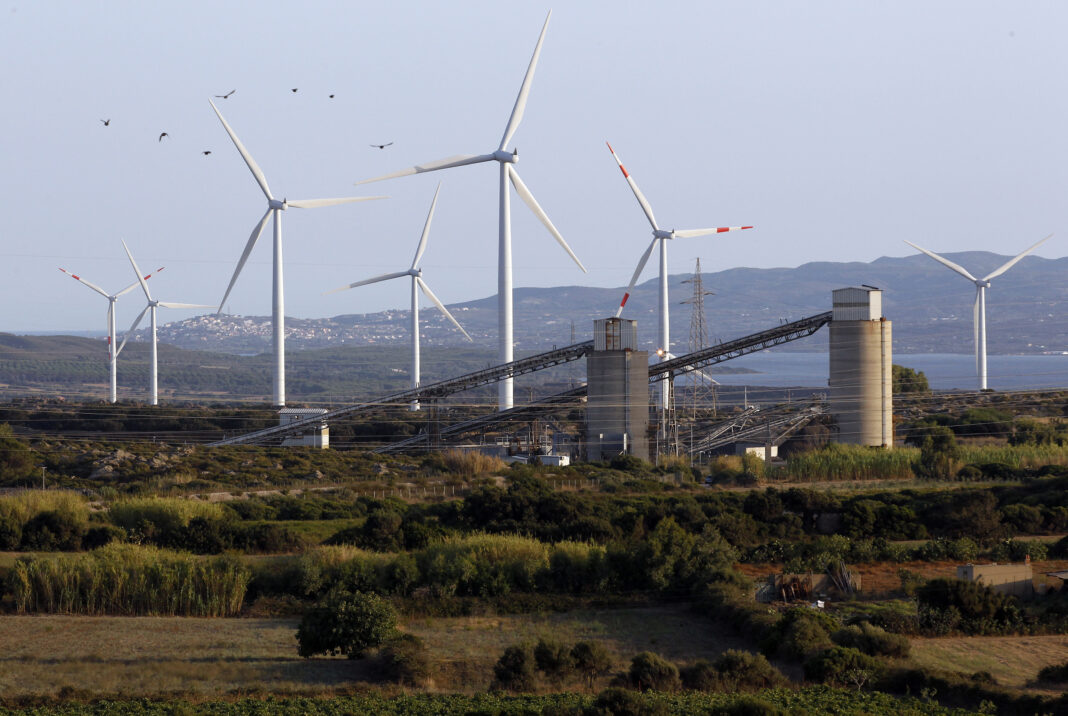With the Green New Deal, Italy will be able to derive some economic benefits from the pandemic. But how does it propose to achieve “climate neutrality”?
The pandemic and resulting health crises have underscored the need to change the economic paradigm to which all the world’s major powers are now attached, create the so-called green economy and continue the fight against climate change.
The transition at international and state levels towards a new type of economy will have considerable repercussions, but will also provide great opportunities for participating states. Certainly, the pandemic will not eliminate what has been done so far in terms of organic products, improved ecological services and new technological frontiers for safety and energy efficiency.
Nevertheless, Covid-19 has profoundly changed the relationship between man and nature. It is clear that not even the Green New Deal itself can be considered a miracle recipe in the fight against climate change, but the necessary complex and articulated transition will require far-sighted governance to allow the production system and society to benefit as much as possible from this transformation. For this reason, in the short term, Italy will have to promulgate a strategy capable of reaching solid objectives and creating green paths. Tracing everything back to the environmental dimension, i.e. how much carbon dioxide we emit, how much we pollute or how many square kilometres of forest we destroy, inevitably implies an all-encompassing perspective and project.
Italy, in this context, has decided to move in a more concrete manner than in the past, with the promotion of two markedly different but complementary plans: the Italian long-term strategy on the reduction of greenhouse gas emissions, a transversal project created by the Ministry of the Environment and Protection of Land and Sea, the Ministry of Economic Development, the Ministry of Infrastructure and Transport and the Ministry of Agriculture, Food and Forestry. The second project is the National Integrated Energy and Climate Plan, also known as PNIEC, drafted in 2019 and updated in the wake of Next Generation EU, by the Ministry of Economic Development, the Ministry of the Environment and Protection of Land and Sea and the Ministry of Infrastructure and Transport.
The Italy’s green strategy
In order to finance the digital and energy transition towards a sustainable economy, Italy will make use of a very large, European funding plan, the Just Transition Mechanism, with an allocation of around EUR 100 billion for the period 2021-2027, to support member countries.
As of today, within the “Italian long-term strategy for the reduction of greenhouse gas emissions”, there are three possible solutions listed. The first concerns the issue of public Green Bonds, which to date with the pandemic crisis have been replaced by the so-called Covid-Bonds. The second involves the creation of a committee to manage sustainable finance through the Bank of Italy, the Ministry of Economy and Finance the Italian Companies and Exchange Commission, Consob. Finally, within the framework of the Italian Presidency of the G20, Italy has reaffirmed its the priorities concerning climate finance.
However, this is only the financial and economic framework in which the fight against climate change finds itself, as the Integrated energy and climate plan seeks to make wider use of instruments that together improve energy security, environmental protection and efficiency of energy, contributing to European and Paris Agreement objectives.
In Italy, the first phase of decarbonisation, which today concerns transport and electrification in the pre-Covid-19 period, has not had the right characteristics to allow small and medium-sized enterprises to successfully implement it. The second phase, which will involve construction, agriculture and industry, both heavy and light, could become the new stage to showcase Italian excellence. This new phase of decarbonisation is based on a development model that will enhance the Italian brand.
The Italian strategic plan passed almost unnoticed, as it was published at the end of the second Conte administration. In the Italian strategy for climate neutrality by 2050, the expectation is there will be a drastic reduction in fossil fuels with a consequent increase in electrification in transportation and the heating of buildings through increased energy efficiency. In this context of transformation, Italy is committed to altering its energy mix, favouring the use of green hydrogen resulting from renewable energy, also through the conversion of many infrastructures that to date are concentrated on the transport of oil. This will be possible through the promotion of enhanced cooperation in Italy toward the creation of systems to transmit and transport gas and electricity.
Currently, for example, the “Superbonus” (a home and commercial structure improvement scheme that covers “110% of the costs of energy efficiency and structural seismic improvements of Italian properties”),for buildings is already part of the green context that will ensure a recovery in Italy through targeted interventions of energy efficiency. At European level, the Next Generation EU states that 37% of the resources allocated will have to be spent on “green” projects, and Italy, in the formulation of the National Recovery and Resilience Plan (PNRR), has already spent 51 billion euros for energy upgrades. Another crucial point will be the development of a supply chain of renewables. Both the PNRR and the PNIEC post-pandemic recovery plans will be able to build industrial leadership in research and development of industrial energy transition chains, such as the use of hydrogen for steel production. The Italian Recovery and Resilience Plan was approved on 22 June.
These Italian plans, therefore, demonstrate the country’s clear ideas on the future green footprint of the country with more electric transport and favourable opinion towards renewables, hydrogen and biogas. In short, the Made in Italy green and renewable plans aim to recover the time lost before the pandemic and thus relaunch not only the energy sector, but the entire national system geared towards necessary and sustainable growth.
With the Green New Deal, Italy will be able to derive some economic benefits from the pandemic. But how does it propose to achieve “climate neutrality”?




